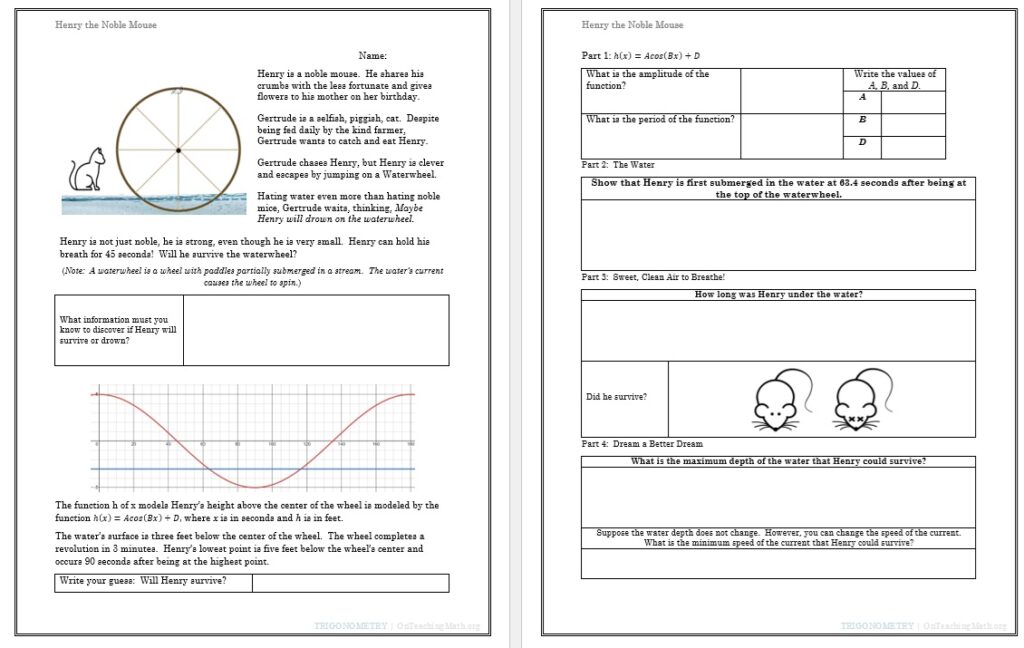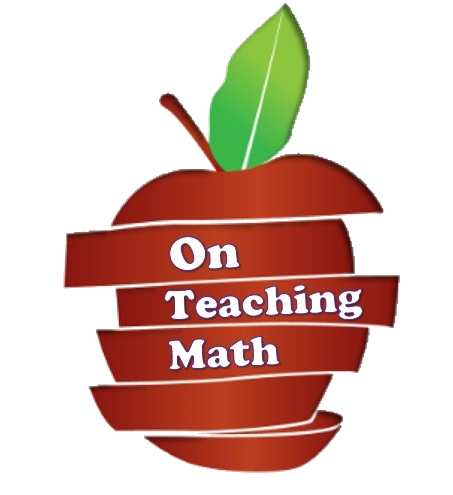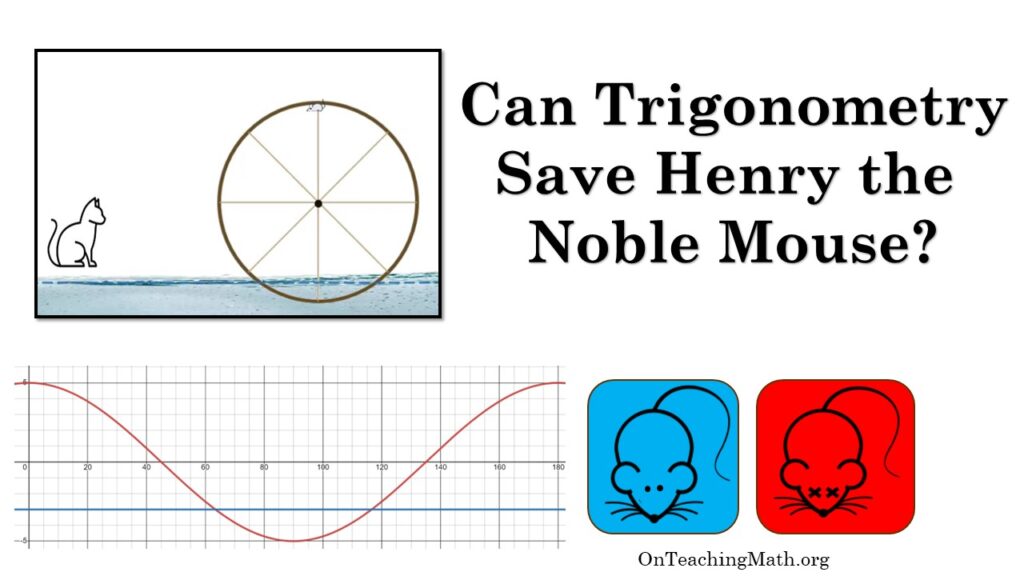Story Telling and Pedagogy
It’s not often that a compelling story can be used in a math class. So, whenever the opportunity arises, seize it!
There is a lot of focus from “experts,” saying to make math real, make it meaningful, and let kids know when they’d use this in “their real lives.” They obviously don’t get math, and maybe should be largely dismissed. Math is fun for the same reason that crossword puzzles, sudoku, and Wordle are fun. Figuring things out is satisfying, and frustrating.
A good story can captivate the imaginations of students. Imagination is required to make sense of the abstractions of things like transformations of trigonometric functions! The curiosity a good story can spark in students can help bring some perseverance. A common objection of students is that they are confused, which is uncomfortable, and the pay off for learning math isn’t worth the price of learning math. The resolution to a problem they don’t care about is NOT worth the discomfort experience in the process.
But, a good story and a light-hearted approach can flip things around. That’s what is going on in this lesson, which is also just a single problem.
The Math At Play
The math involved is a cosine function modeling the vertical distance from a location on a spinning wheel from the wheel’s center.
The mathematics is used to model the spinning wheel and explore what amount of time that fixed location on the spinning wheel spends below a certain distance beneath the wheel’s center. The problem adjusts the speed of the wheel, the vertical distance in question, and has students doing things like writing the function’s parameters and exploring the function in context of the physical situation.
To a math teacher or someone who loves math, that’s plenty compelling. However, those are not the students we really serve as teachers. We serve those that aren’t inherently interested, or those that wish to do well but for reasons that don’t have much to do with math. That’s where the story comes into play.
The Story
This is a classic story, good versus evil. A noble mouse, named Henry, is a true humble king among mice. He shares his crumbs with the hungry, even if he is starving, and brings his mother flowers on her birthday. I’m pretty sure he even hangs the toilet paper roll in the correction front-facing fashion, not mullet style.
The villain is a selfish, piggish cat named Gertrude. Gertrude has no reason or meaningful motivation to try and harm Henry. Yet, she is devoted to the cause of causing harm and then devouring Henry.
One day while being chased by Gertrude, Henry jumps on a waterwheel. Despite his size, he can hold his breath for 45 seconds! Pretty good for a little thing. The question is, will he be able to hold his breath long enough while the wheel is submerged in the stream? Or, will Gertrude win, without even having to have done the dirty deed herself?
The Lesson and Handout
This lesson is really designed to help students make sense and visualize how a sinusoidal function can model something like a circular motion. There are a series of questions that students are guided through, as well as quite a few animation that relate the physical motion with the graph.
Please download copies for yourself with the buttons to the right.


